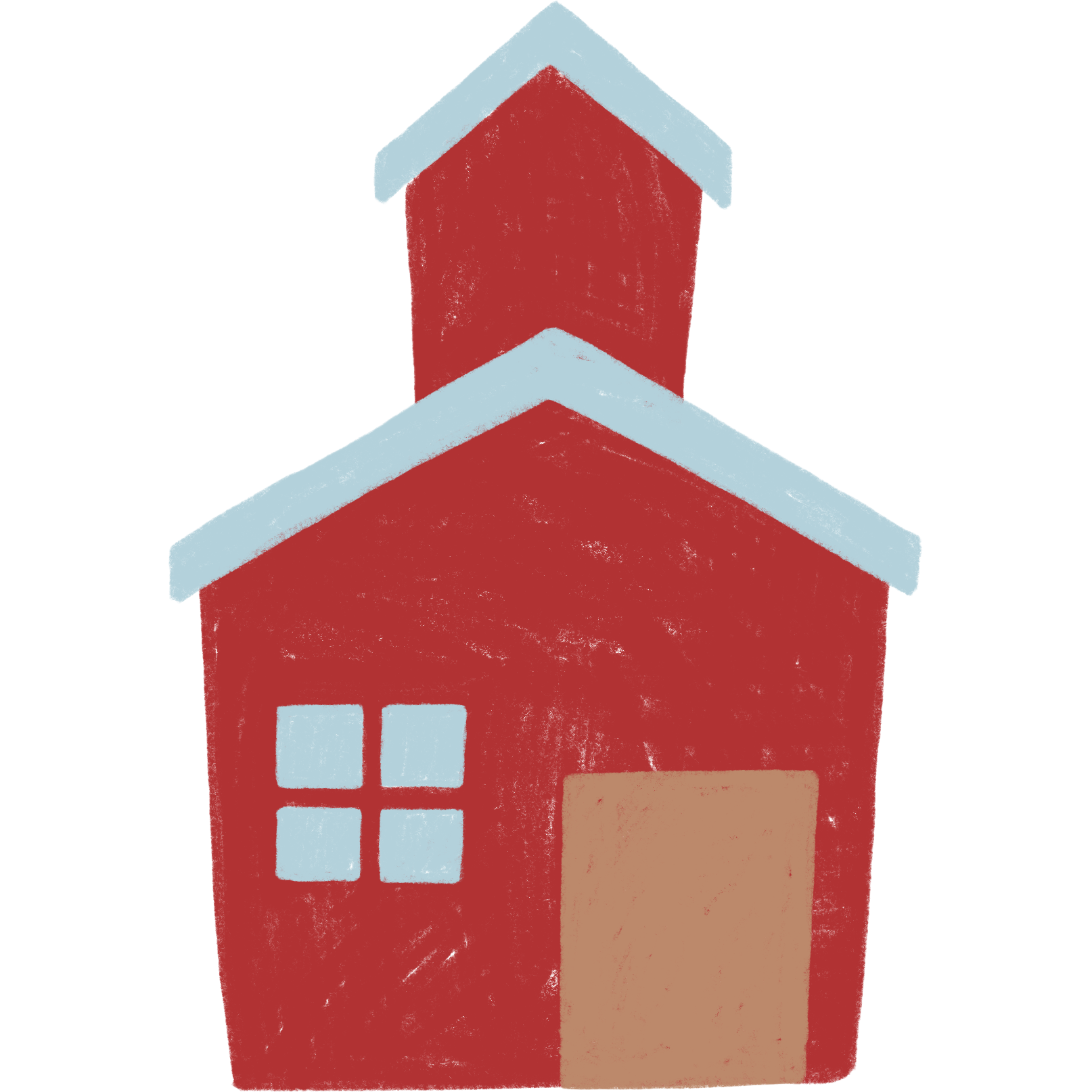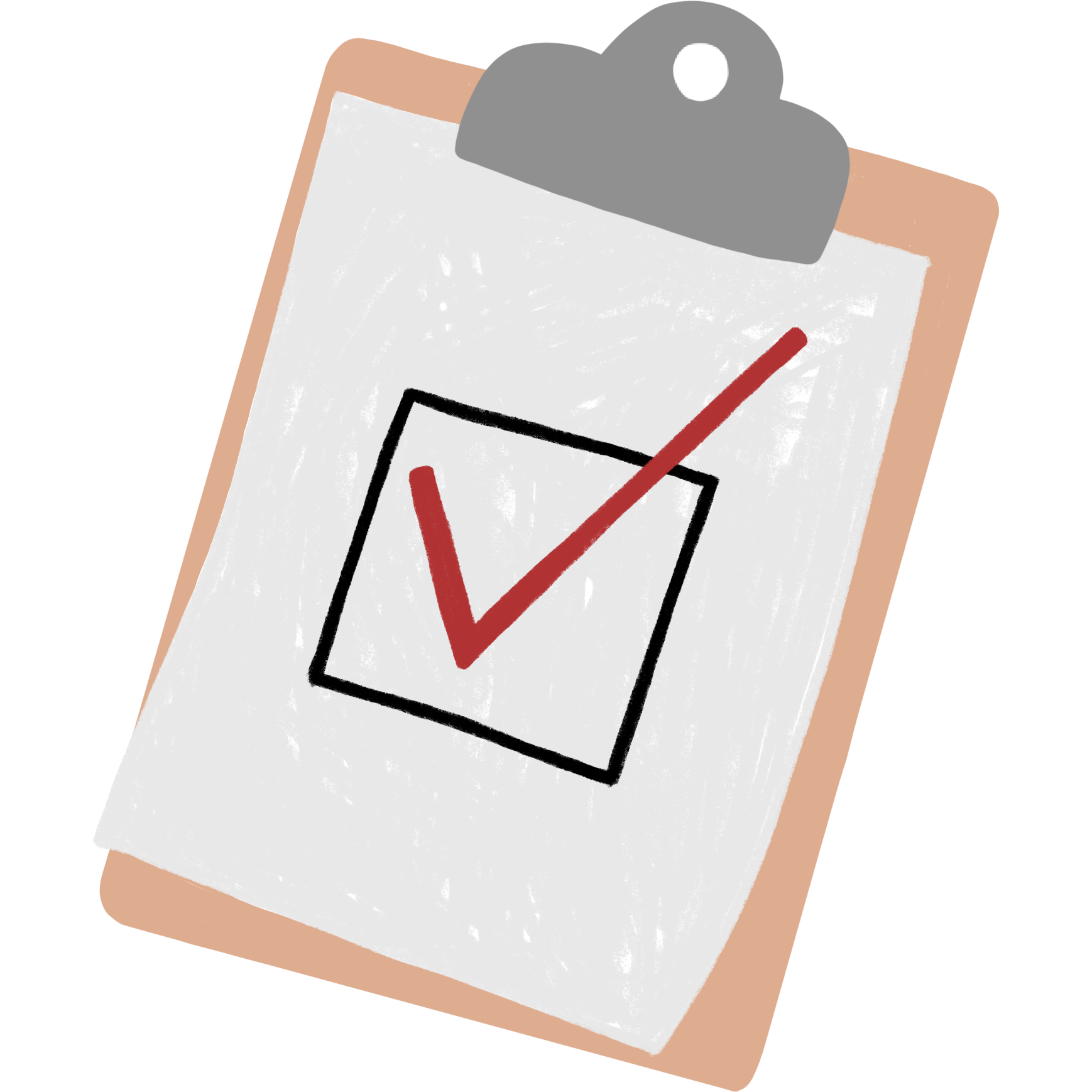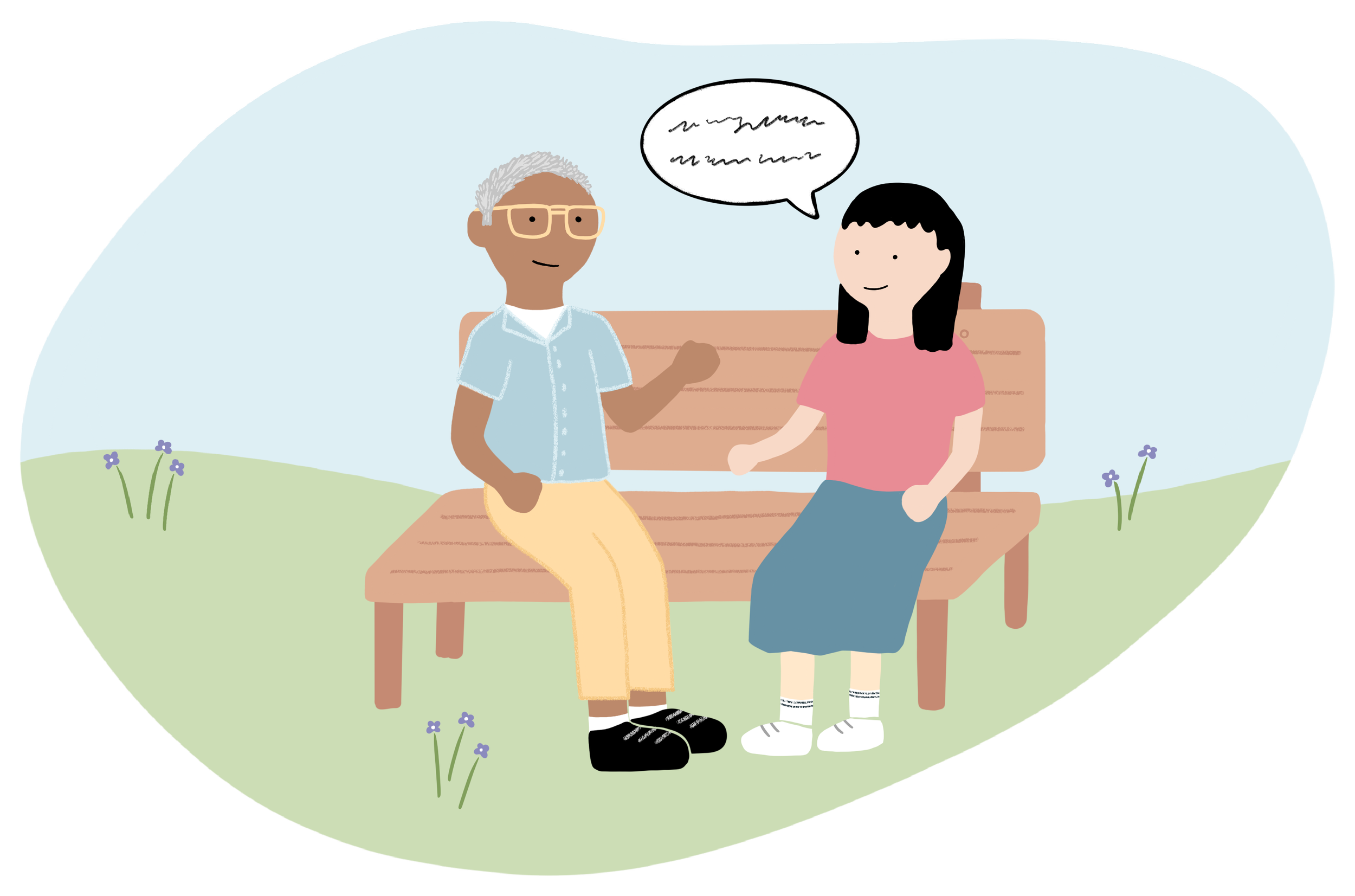Speech & Language
We offer speech and language services for students K-12 and adults. For school-aged clients, our services are designed to teach effective communication and language skills that students will carry beyond their educational experience. For adults, we offer services to improve communication and language skills related to illness, stroke, or traumatic brain injury.

School Aged Clients
We collaborate with educators, parents, and the SLP to support the communication needs of students and enhance their overall academic and social success. Consultation services vary based on the school's procedures and the unique needs of the student.
A school consultation may look like the following:
Referral and initial contact
Pre-consultation information gathering
Meeting with school staff and caregivers
Screening or assessment
Collaborative goal setting
Recommendations and follow-up
Adults Clients
For adults, speech and language services are used to improve communication and language skills related to illness or injury such as stroke or traumatic brain injury.

Assessment / Evaluation
We conduct comprehensive assessments to determine an individual's communication abilities, identify any potential speech or language disorders, and formulate intervention plans. The evaluation process is a collaborative one, involving the individual and their caregiver.
An evaluation may include the following:
Case history
Interview(s)
Observation(s)
Formal assessment using standardized assessments and tools
Language sampling
Orofacial examination
Play based assessment (for younger children)

Direct Services
Speech Sound Disorders:
Speech Sound Disorders (SSDs) refer to difficulties with the production of speech sounds. There are two main types: articulation and phonological disorders.
Language:
Language development is a complex process that involves the integration of both receptive and expressive language abilities.
AAC:
AAC stands for Augmentative and Alternative Communication. It refers to a set of tools and strategies that support communication. Examples of AAC tools include low tech communication boards, visuals, voice output devices, and high tech speech generating devices.
Fluency:
A fluency disorder refers to disruptions in the normal flow of speech, affecting the smoothness, rhythm, and timing of speech production. The most common fluency disorder is stuttering, but other disorders like cluttering also fall under this category. Therapy approaches may include: use of fluency shaping techniques, stuttering modification techniques, cognitive therapy, and behavioral therapy.
Pragmatics:
We use a neuro affirming approach to teaching learners social skills. Our approach allows for students to communicate and interact in their own unique way. Self awareness, self acceptance and self advocacy are three key ideas to our social skills instruction.



